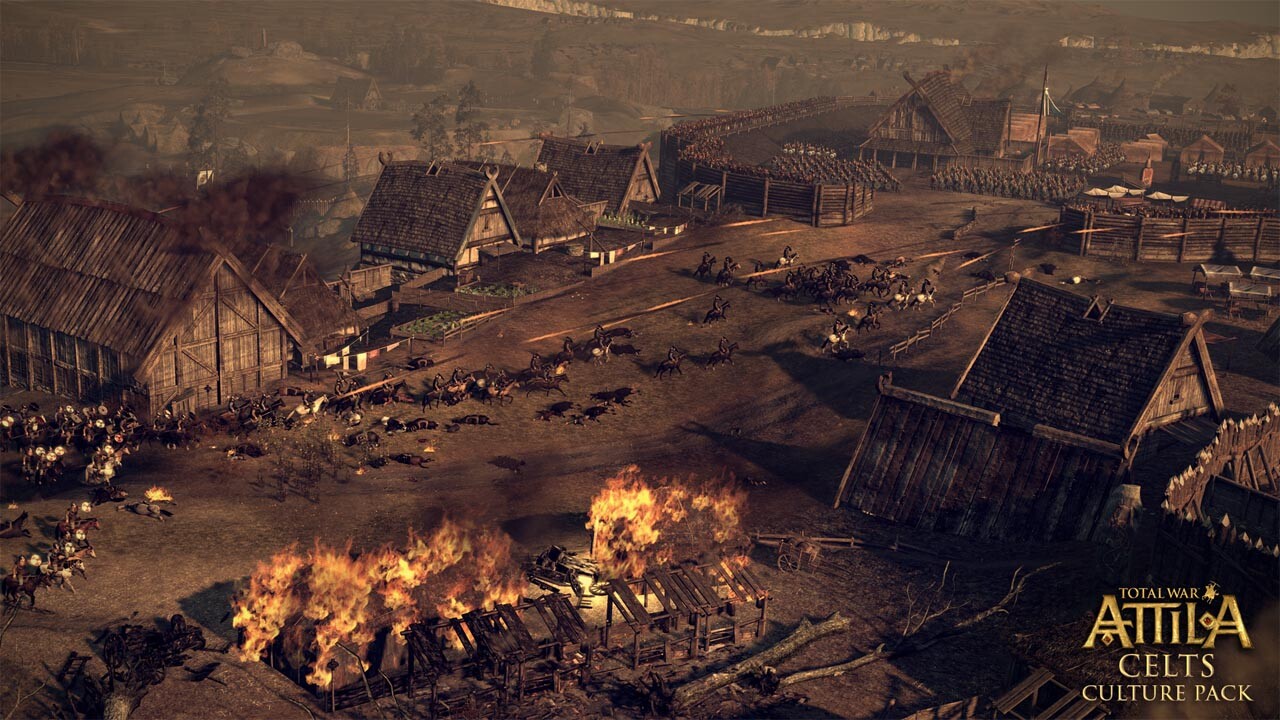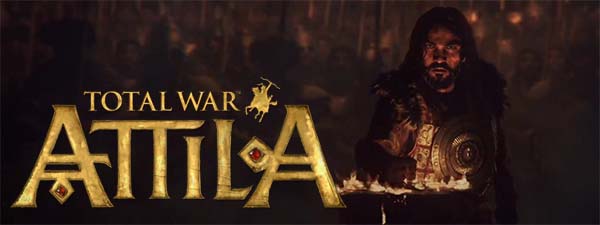
The result is that the entire scope of the Grand Campaign is significantly different. The Roman Empire, divided between East and West, is on the verge of falling, and the catalyst for all this upheaval is the advance of such barbarian hordes as the Ostrogoths, the Vandals and, of course, the Huns. Where former games have seen you looking to build and establish your empire by capturing provinces, Attila begins with a different sort of look. You only need one glance at the map to know this is a game with serious scope.For practiced players of Total War, it will be no surprise to learn that the Grand Campaign’s map covers all of Europe, spanning from the Middle East to North Africa and up to the heights of Caledonia in the far corner.

After a (relatively) short prologue teaches you how to play – though veterans may choose to skip this – you can plunge straight into the traditional Grand Campaign, where you’ll find the main meat of the game and the place you’ll spend most of your time. It isn’t unprecedented for the series to follow the life of a single historical figure, given the previous release of Napoleon: Total War, but where that game required you to closely follow the campaigns of the illustrious Frenchman, Attila has a more open structure. It also suffers some of the traditional Total War problems – such as an inscrutable diplomacy system and long wait times – but is nevertheless a worthy instalment which should please old fans and newcomers alike. It’s probably one of the biggest, grandest games in the series, but it still isn’t quite one of the best, let down as it is by dodgy pacing and lack of direction. The latest iteration, Total War: Attila, is an impressive entry visually spectacular, grand in scope, and with a depth in gameplay which is complex but never overwhelming.

With each game in the Total War series, The Creative Assembly attempts to more closely simulate the concept that gives the series its name. Burn Rome or save it – just don’t try talking your way out of it!


 0 kommentar(er)
0 kommentar(er)
